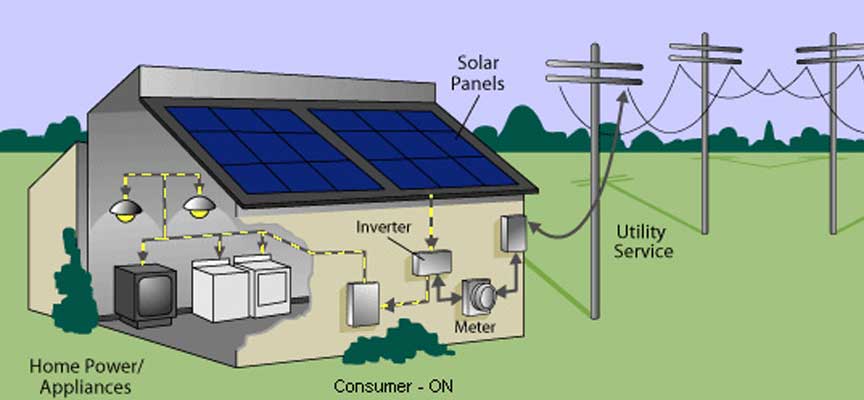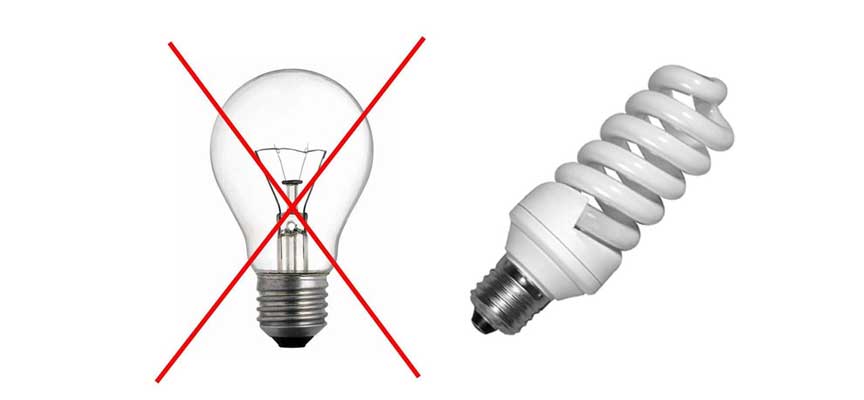Tips to save energy in winter
In the winter months, you know, the first wish is to live in a well-heated. Even better, though, if this is accompanied by the desire to save energy and protect the environment. Just a few small interventions to use energy intelligently saving also on our bill. Here are some practical tips to make the dream reality.
In winter the greater dispersion of energy, heat, takes place through the walls, the roof, the windows, and the boiler. The heat losses can be minimized or avoided completely thanks to the thermal insulation of buildings. What is it about? The first step to do is to contact a qualified technician who, with the thermographic survey, individuals in which points of our house, there is heat loss.
Identified the critical points you can proceed to the insulation measures in or out of the building. In our house, we can insulate the walls with insulation panels, apply false walls of plaster or install double-glazed windows. These solutions are also useful to remove condensation and mold that form on the walls due to moisture and that, besides ruining the walls.
They are harmful to the health of those who live there, particularly to the respiratory tract. The roof and floors are two other critical points for the dispersion of heat on which action can be taken isolating the part under the tiles and the roof or by inserting insulating panels below the ceiling.
To combat the cold, we can then put the coat on the outside of our building. Irony aside, the ” coat “, as we have seen in deepening the thermal insulation to coat, is an insulating layer to be applied on the facade of the building, within the constraints of the architectural and technical features of buildings.
Install a new boiler requires, first of all, an analysis of the actual consumption of the building, also according to the people who inhabit it. It is according to these that will decide the size of the plant and the timing for its maintenance. It should, in principle, have the proper operation and security of the heating system annually.
The technician who will perform the operation will release us the relationship of technical control, stating precisely the national inspection. This document is mandatory and is used in the case of inspections at our plant by the competent authorities.
We keep at a home temperature between 18 and 20 C, let us cover the radiators with curtains and although disappoint many housewives, ventilate the room for a few minutes.
A few tricks for much more energy
And if you live in an apartment building? The central heating system did not allow, in the past, to determine the temperature and hours of operation of heating in their homes. Today you can! A simple thermostat applied instead of the heater knob allows you to adjust temperature and times according to individual needs.
All this can be overcome in the future with the ” passive house “. It is a standard housing with reduced energy consumption and environmental impact almost zero. It does not use traditional heating systems but provides constant internal temperature thanks to the contributions of heat generated from solar, from household appliances or by the inhabitants of the house itself.
Hoping for a world of ” passive houses ” could benefit greatly starting to be all a bit more active.






